For several months now, the Cité de l’Economie has been helping you to decipher the major economic principles in a fun way. But the Cité de l’Economie also deserves to be discovered for its heritage. It is housed in the Hôtel Gaillard, a sumptuous late 19th-century private mansion whose neo-Gothic style is surprising in the midst of Parisian architecture.
What is the history of this atypical place? And what did the Hôtel Gaillard look like in its early years? Let’s take a trip back in time!
Summary
The Gaillard Hotel or the house of a rich banker that became a bank…
In the middle of the 19th century, the Batignolles-Monceau district was still sparsely inhabited, but when it was annexed to Paris in the 19th century, several investors saw the prospect of a good real estate plan and had private mansions built there.
It was in this context that the wealthy banker and collector Emile Gaillard commissioned Victor-Jules Février to build his mansion, the architecture of which was inspired by the Château de Blois. Gaillard obtained permission to make moulds of the Blois castle to create copies of the dormers and gutters. Numerous renowned craftsmen were involved in this extraordinary project, where nothing was too beautiful, so much so that when it was inaugurated, the critics were unanimous in their praise of “one of the most remarkable works that a private individual’s fortune has allowed an architect to build”.
However, Emile Gaillard only enjoyed it for twenty years, as he died in 1902. On his death, the heirs parted with the rich collection of works of art, but the hotel struggled to find a new buyer. It was not until 1919 that the Banque de France bought it for only a third of the price of its construction and turned it into a branch.
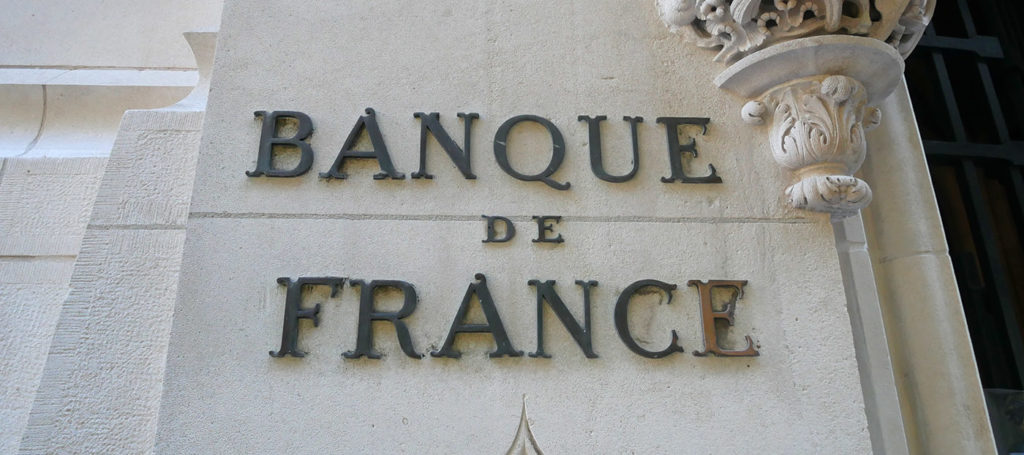
But how to transform a residence into a bank? It was the architect Alphonse Defrasse who took up the challenge by merging the Hôtel Gaillard with the Hôtel de la rue Thann. He created a vault and took advantage of an interior courtyard to establish the public reception area. However, Defrasse managed to preserve the overall spirit of the place and to keep the original distribution of the flats. The modification was a success: Victor-Jules Février, on seeing the modifications, expressed his gratitude to Defrasse: “Not only have you not distorted my work, but you have completed it. Journalists also admired the feat and saw it as “a strange invisible fortress built like a magician’s house”.
…A bank turned museum
The branch of the Banque de France remained in operation until 2006, when it was decided to transform the Hôtel Gaillard into a museum dedicated to the economy. A vast restoration and development project was then launched and in 2019 the Cité de l’Economie opened its doors.

What did the Hôtel Gaillard look like at the end of the 19th century?
Although the architecture of the place has been preserved, amidst the museographic elements, it is difficult to imagine what the mansion might have looked like in Emile Gaillard’s time, when it was still inhabited and the walls were covered with works of art.
Fortunately, several photographs from the period allow us to get an idea of what it looked like and to travel back in time!
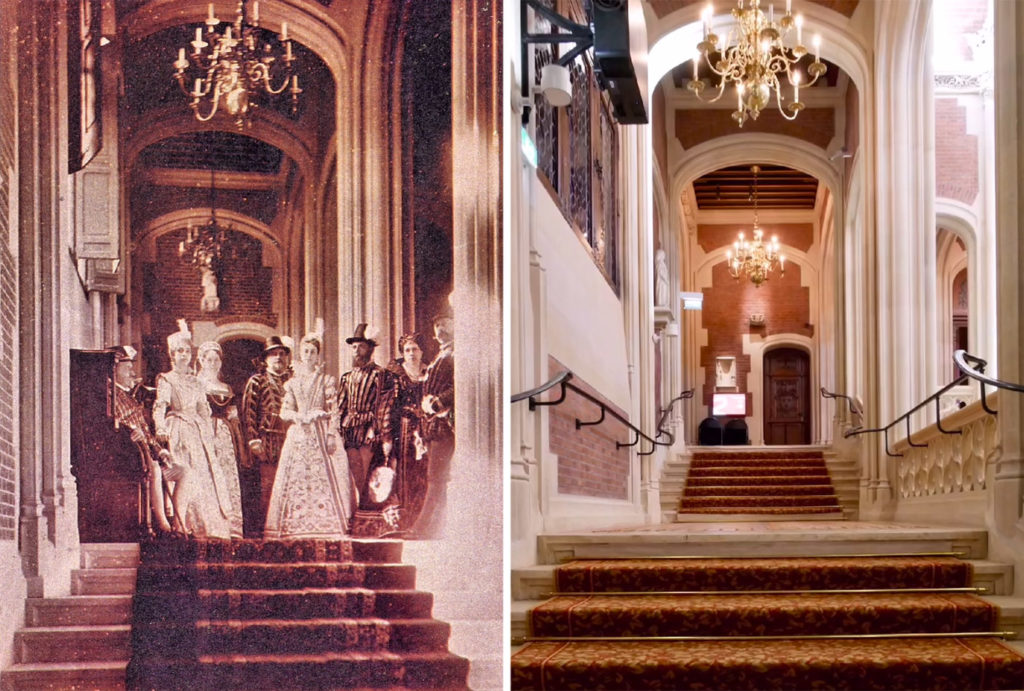
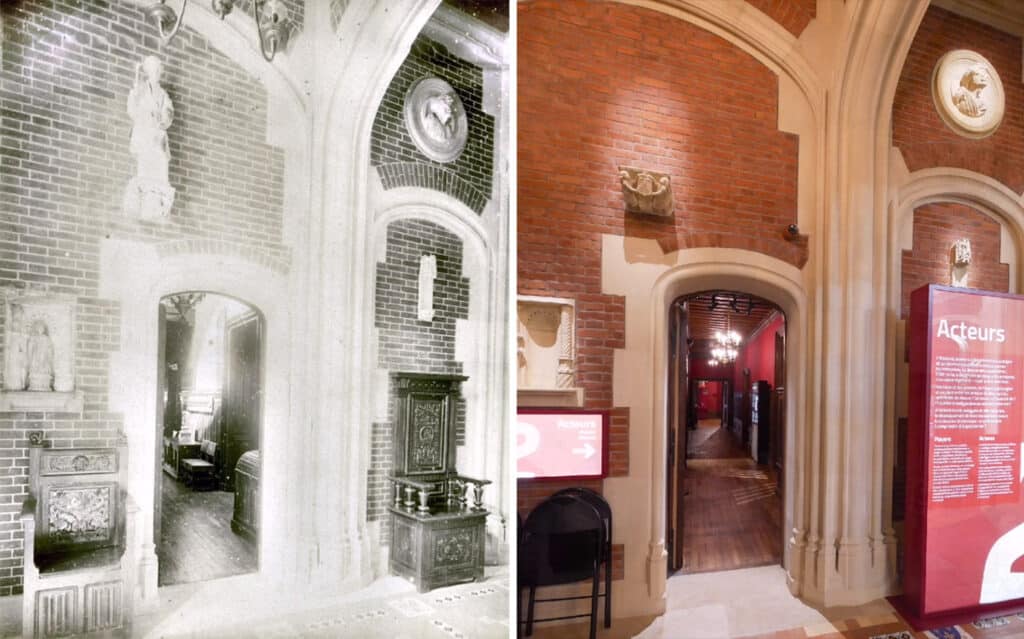
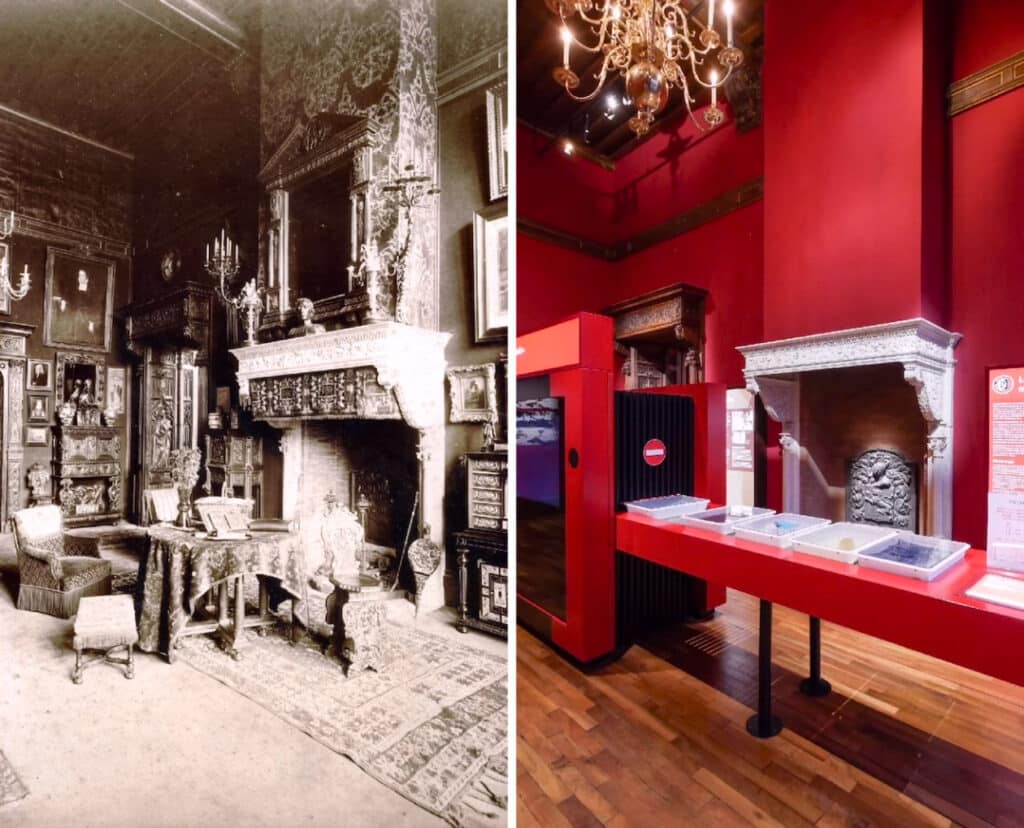
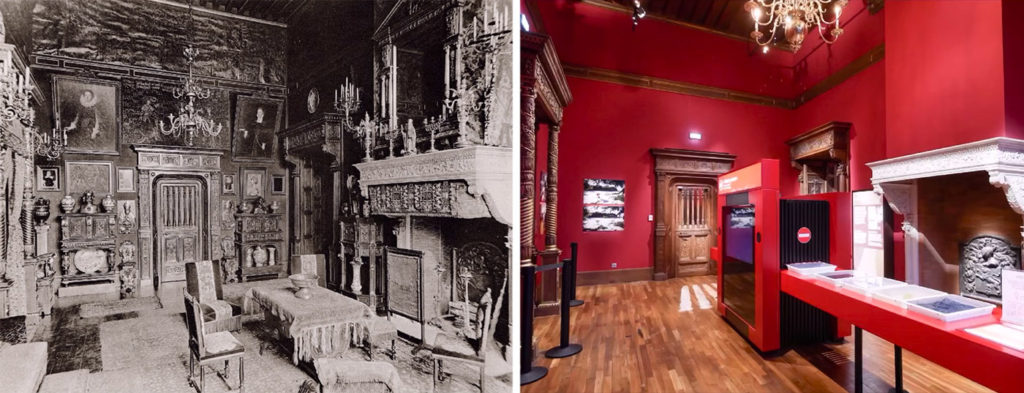
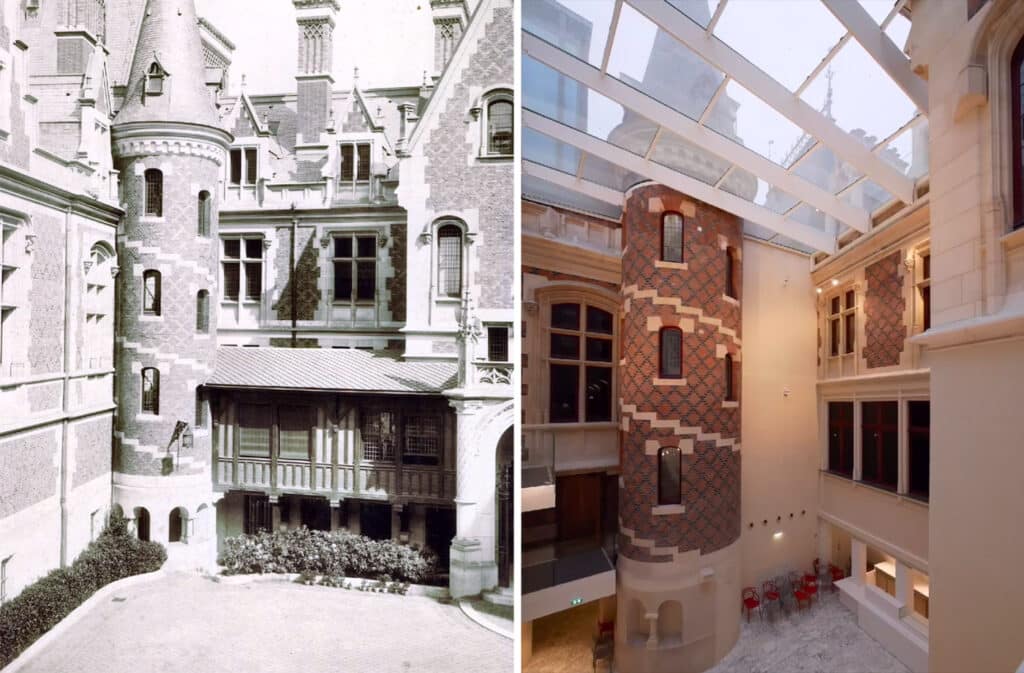
What happened to Emile Gaillard’s art collection?
Emile Gaillard was a great collector. His collection was vast, consisting of statues, tapestries from Flanders, Asian porcelain, Italian earthenware, numerous pieces of furniture (chests, tables, dressers) from the 15th and 16th centuries, as well as paintings from the Flemish school and 19th century pictures.
This rich collection was dispersed at several sales organised by the heirs in 1904, 1916 and 1931. The fate of most of these works, probably in private hands, is unknown today, but several are now part of national collections. A 15th-century Virgin and Child is in the Louvre‘s collection, a large group of furniture is in the Château d’Azay-le-Rideau and two 15th-century statues are in the Musée de Cluny. Other works acquired by art dealers are now in the collections of American museums.
We like to dream of an exhibition that would bring together these works, which are now dispersed, to restore the Hôtel Gaillard to the crazy allure it had at the end of the 19th century. But one can easily imagine the complexity of searching for works that have been lost and obtaining loan authorisations for such a multitude of scattered works…
In the meantime, I can only encourage you to go and discover the Cité de l’Economie for a two-in-one visit that will allow you to admire the Hôtel Gaillard and to learn a little more about the major economic concepts of our time.
Tip!
The Cité de l’Economie will reopen its doors on 29 May and will be accessible free of charge until 9 June! – Book online at citeco.fr
You can take advantage of this to discover the Largo Winch, adventurer of the economy exhibition, which has just been extended until 31 December
Visit the Cité de l’Economie
Location:
1 place du Général Catroux
75017 Paris – France
Opening hours:
Tuesday to Sunday, 2pm to 6pm
Until 7pm on Saturday
Website:
https://www.citeco.fr/
Admission:
Free admission until 9 June 2021, then :
Full price: €12
Reduced rate : 10 €
18-25 years old: €9
6-17 years old: €6
Free for children under 6 years old



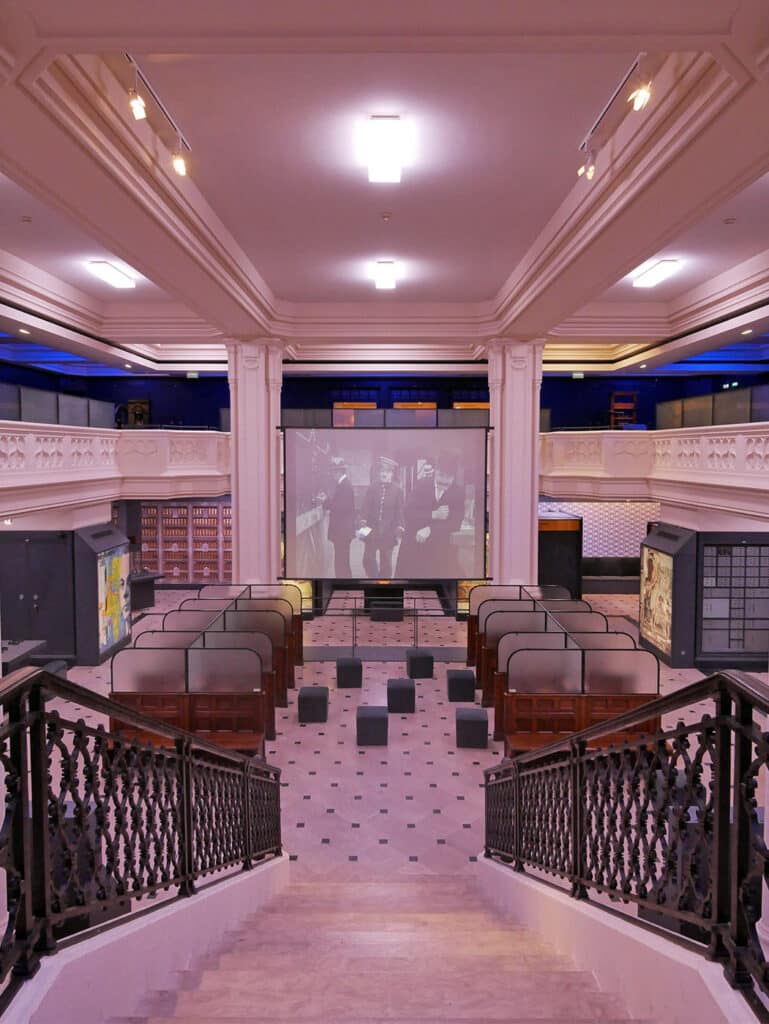
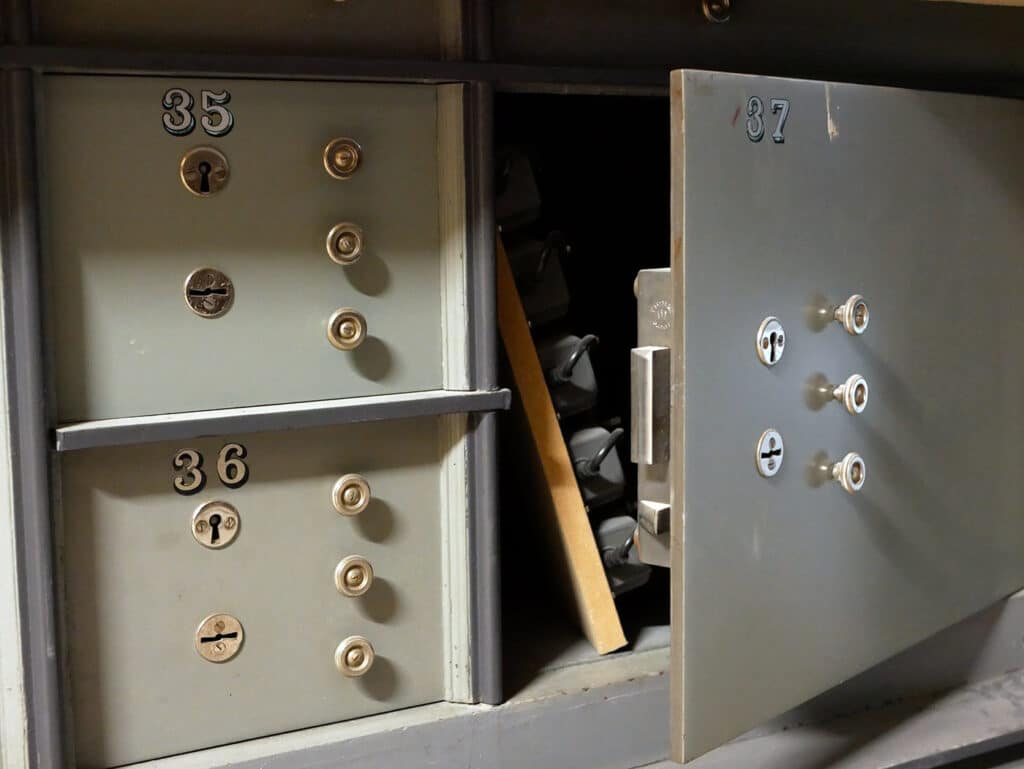
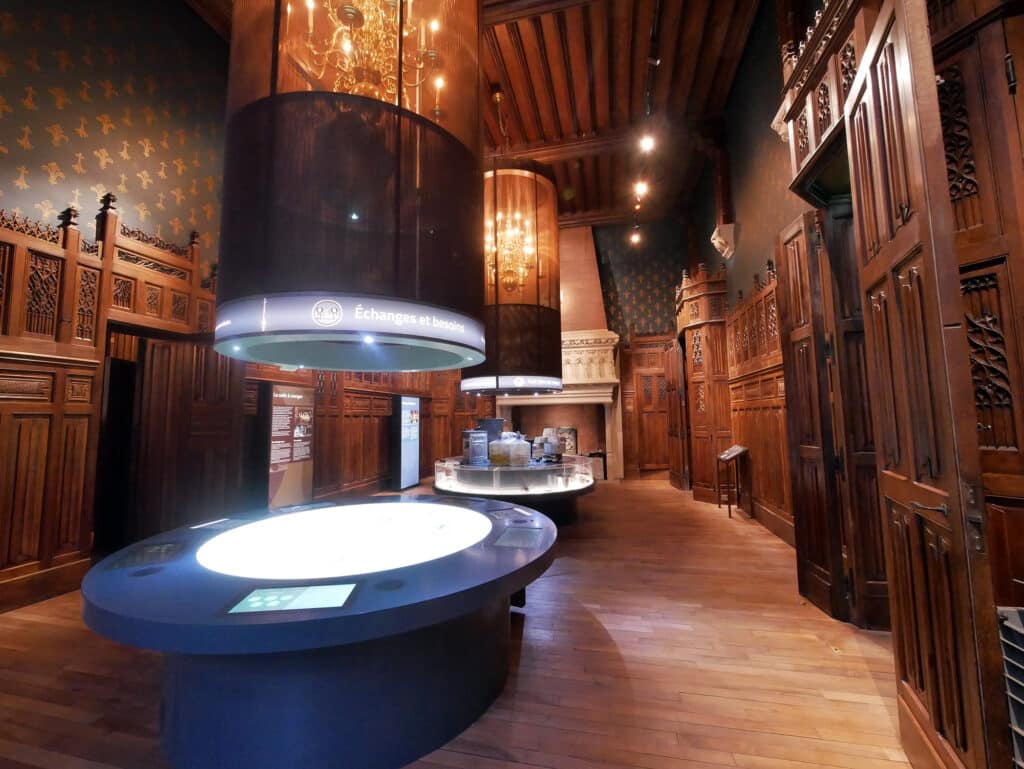
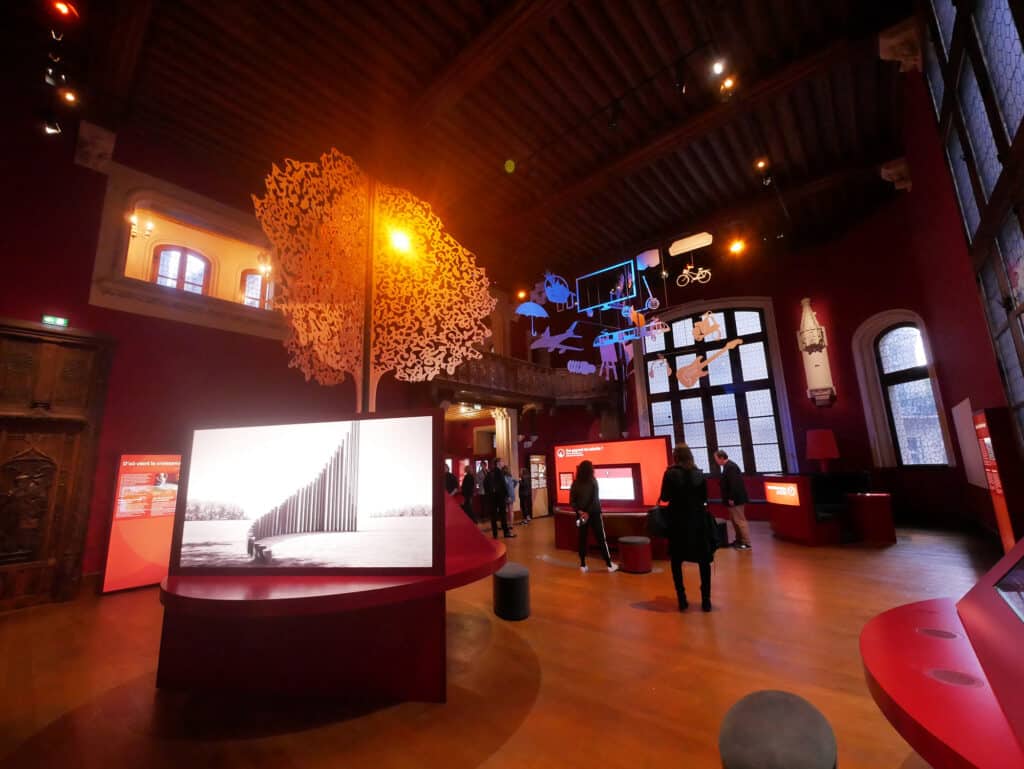
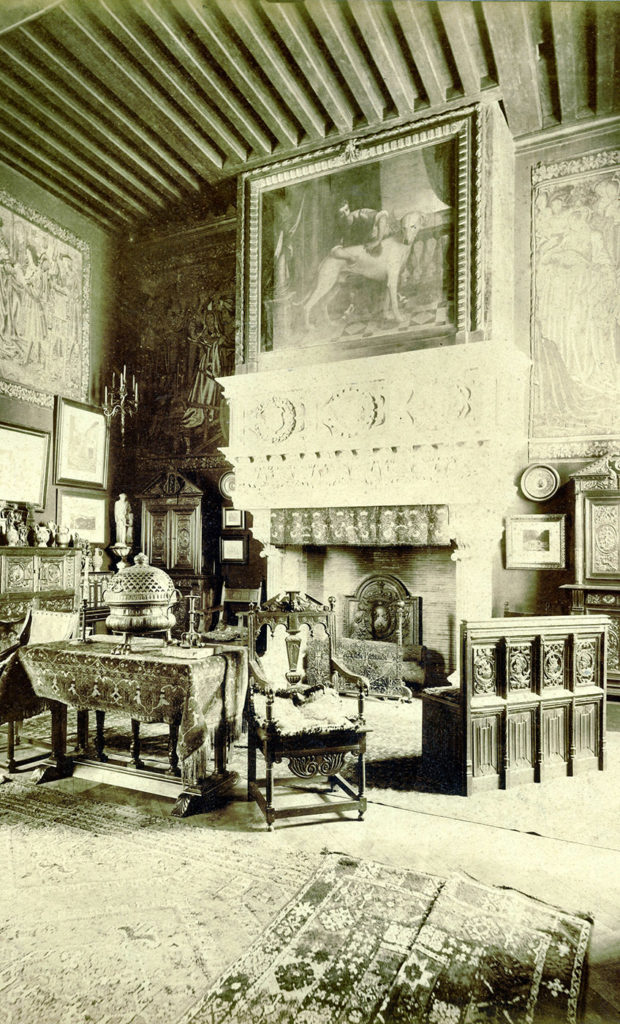
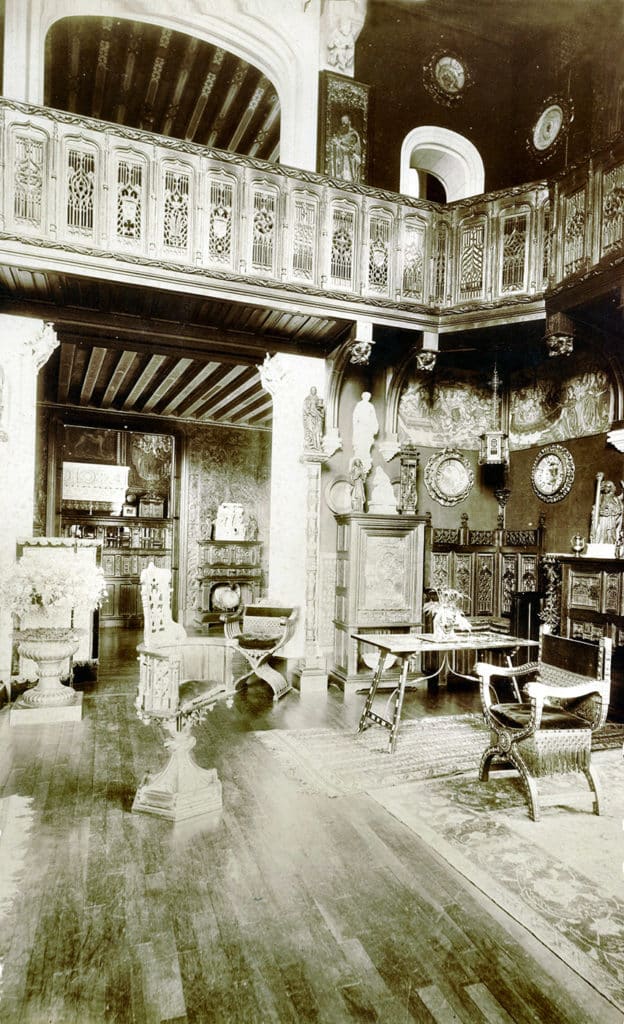


No Comments
Leave a comment Cancel